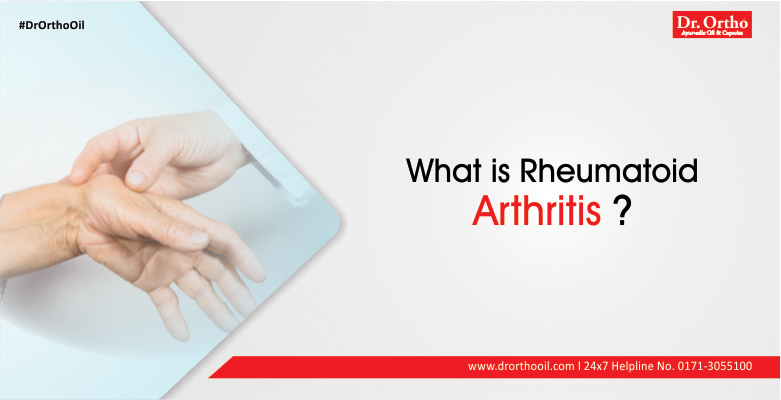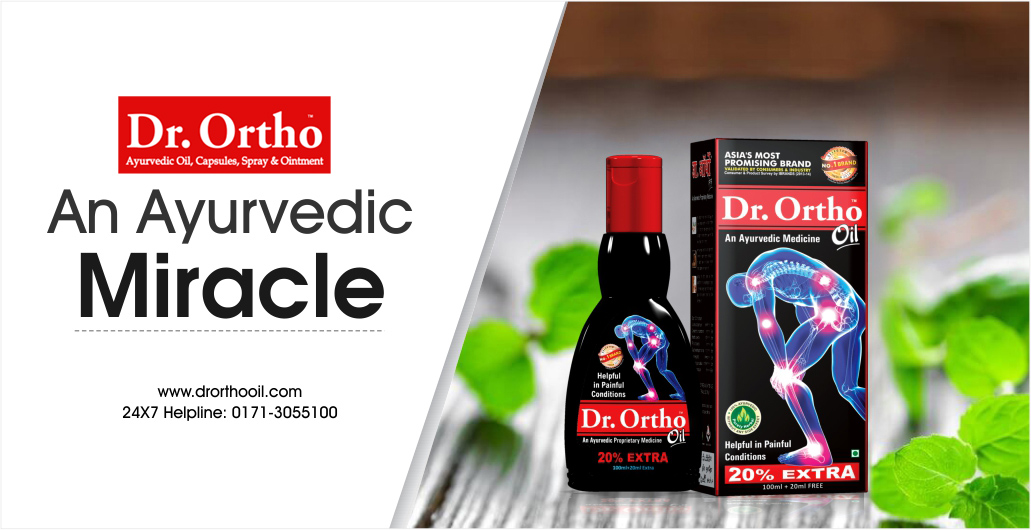Yoga asanas or poses to relieve from joint pain
If you are suffering from joint pain and you think you are alone, then think twice. You are not alone, every person in his/her lifetime suffer from joint pain. All you need is holistic approach to relieve from joint pain. There are some yoga asanas that can help you to relieve from joint pain but do this yoga asanas as advised by yoga teacher or physician.
Basic Yoga postures for joint pain:
- Veerbhadrasana (Warrior Pose)
- Dhanurasana (Bow Pose)
- Setu Bandhasana (Bridge pose)
- Trikonasanas (Triangle pose)
- Ustrasana (Camel pose)
- Makara Adho Mukha Svanasana (Dolphin plank pose)
Veerbhadrasana (Warrior Pose): The Warrior pose is a knee strengthening yoga that also helps to relieve from frozen shoulders. It helps to bring body in balance and releases the strength from joints.
- Stand straight with you your legs wide apart by distance.
- Turn you right foot out by 90 degree and left foot by 15 degree.
- You heel of right foot is aligned to centre of right foot.
- Lift both arms sideways to shoulder height with your
palms facing upwards. - Breathing out, bend your right knee.
- Turn your head and look to your right.
- As you settle down in the yoga posture stretch your arms further.
- Make a gentle effort to push your pelvis down. Hold the yoga posture with the determination of a warrior. Smile like a happy smiling warrior. Keep breathing as you go down.
- Breathing in, come up.
- Repeat the yoga posture for the left side (turns your left foot out by 90 degrees and turns the right foot in by about 15 degrees).
Dhanurasana (Bow Pose): This asana help you to relieve from body aches and give strength to abdomen and back muscles. It also helps to relieve from stress, fatigue, menstrual discomfort and constipation.
- Lie on your stomach with your feet hip-width apart.
- Take your arms by the side of your body.
- Hold your ankles by folding your knees.
- Breathing in, lift your chest off the ground and pull your legs up and back.
- Look straight ahead with a smile on your face.
- Keep the pose stable while paying attention to your breath. Your body is now taut as a bow.
- Continue to take long deep breaths as you relax in this pose. But don’t get carried away! Do not overdo the stretch.
- After 15 -20 seconds, as you exhale, gently bring your legs and chest to the ground. Release the ankles and relax.
Setu Bandhasana (Bridge pose): This asana helps to Strengthens the back muscles and instantly from tired back. It also provide a good stretch to the chest, neck and spine
- To begin, lie on your back.
- Fold your knees and keep your feet hip distance apart on the floor, 10-12 inches from your pelvis, with knees and ankles in a straight line.
- Keep your arms beside your body, palms facing down.
- Inhaling, slowly lift your lower back, middle back and upper back off the floor; gently roll in the shoulders; touch the chest to the chin without bringing the chin down, supporting your weight with your shoulders, arms and feet. Feel your bottom firm up in this pose. Both the thighs are parallel to each other and to the floor.
- If you wish, you could interlace the fingers and push the hands on the floor to lift the torso a little more up, or you could support your back with your palms.
- Keep breathing easily.
- Hold the posture for a minute or two and exhale as you gently release the pose.
Trikonasanas (Triangle pose): It helps to strengthen the legs, knees, ankles, arms, and chest. This pose also helps to reduces anxiety, stress, back pain and sciatica.
- Stand straight. Separate your feet comfortably wide apart (about 31/2 to 4 ft).
- Turn your right foot out 90 degrees and left foot in by 15 degrees.
- Now align your center of right heel with the center of your arch of left foot.
- Ensure that your feet are pressing the ground and the weight of your body is equally balanced on both the feet.
- Inhale deeply and as you exhale, bend your body to the right, downward from the hips, keeping the waist straight, allowing your left hand to come up in the air while your right hand comes down towards floor. Keep both arms in straight line.
- Rest your right hand on your shin, ankle, or the floor outside your right foot, whatever is possible without distorting the sides of the waist. Stretch your left arm toward the ceiling, in line with the tops of your shoulders. Keep your head in a neutral position or turn it to the left, eyes gazing softly at the left palm.
- Ascertain that your body is bent sideways and not backward or forward. Pelvis and chest are wide open.
- Stretch maximum and be steady. Keep taking in long deep breaths. With each exhalation, relax the body more and more. Just be with the body and the breath.
- As you inhale, come up, bring your arms down to your sides, and straighten your feet.
- Repeat the same on the other side.
Ustrasana (Camel pose): It helps to strengthen the back and shoulder muscles. It also used to improve digestion and flexibility of joints.
- Kneel on the yoga mat and place your hands on the hips.
- Your knees should be in line with the shoulders and the sole of your feet should be facing the ceiling.
- As you inhale, draw in your tail-bone towards the pubis as if being pulled from the navel.
- Simultaneously, arch your back and slide your palms over your feet till the arms are straight.
- Do not strain or flex your neck but keep it in a neutral position.
- Stay in this posture for a couple of breaths.
- Breathe out and slowly come back to the initial pose. Withdraw your hands and bring them back to your hips as you straighten up.
Makara Adho Mukha Svanasana (Dolphin plank pose): It helps to relief from headache, joint pain and fatigue. It strengthens the legs and arm muscles.
- Begin in Adho Mukha Svanasana and slowly shift the weight of the body to the front.
- Ensure that your shoulders are aligned with your wrists.
- Slowly, lower your arms till the forearms touch the floor. Your palms should be pressed to the floor.
- Keeping your legs straight, position your heels directly above the toes.
- Fix your gaze on the floor and keep your back and knees straight.
- If possible, the palms should be facing each other.
- As you inhale, slowly pull your abdominal muscles in and relax them as you exhale.
- Stay in this posture for a few breaths before returning back to Adho Mukha Svanasana.
Ayurvedic oils
Gently massage Dr.Ortho Ayurvedic joint pain oil for 5 minutes on the affected part of joint. It helps to relieve from stiffness of joints. Dr.Ortho Ayurvedic oil helps to relieve from joint pain even in chronic conditions.
Avoid: If you are suffering from joint pain then perform these yoga asanas and if pain resist then consult your physician and physiotherapist. Use Yoga Cushions and block while practicing yoga asanas to prevent increase of pain. Do these yoga asanas in the strict guidance of qualified yoga teachers.





